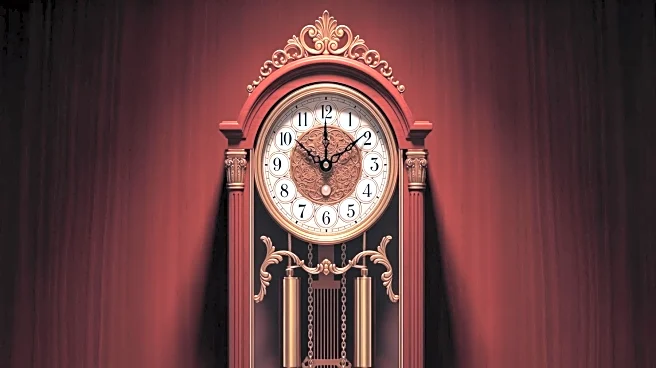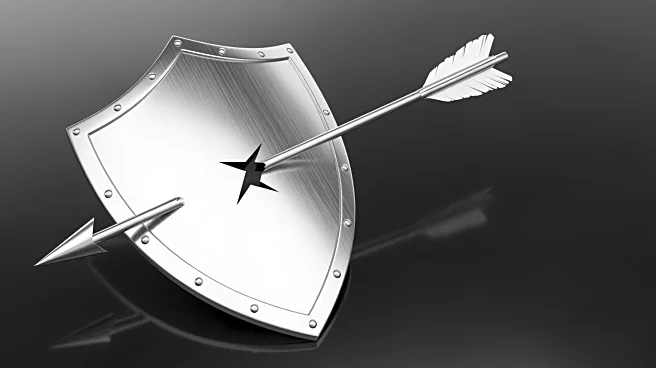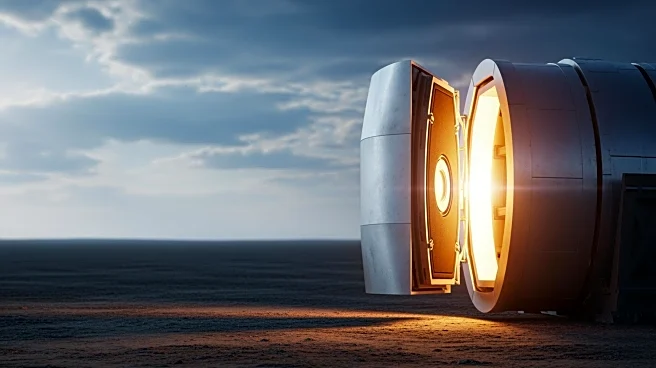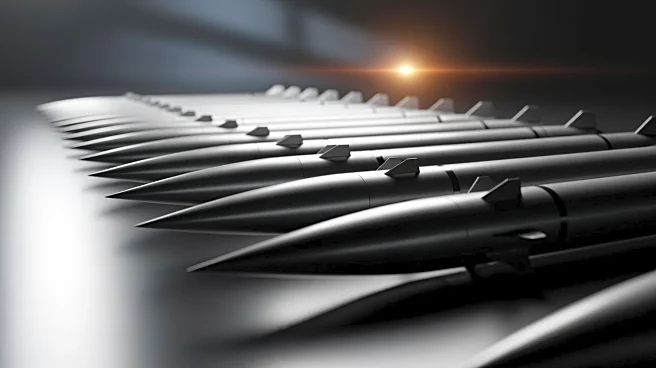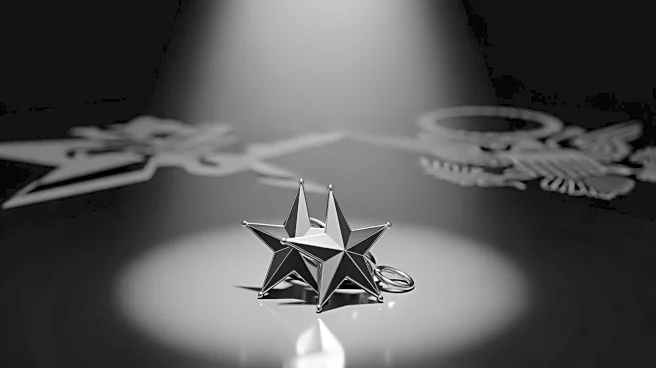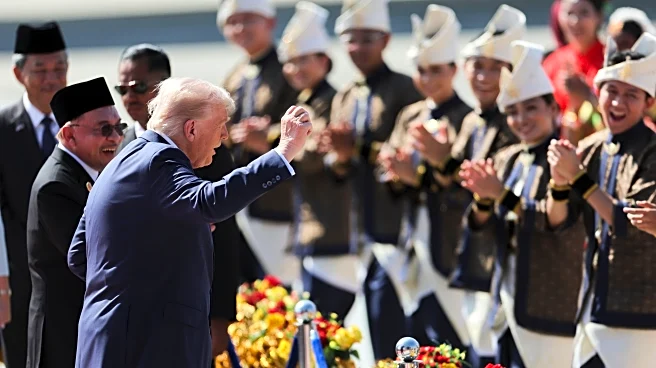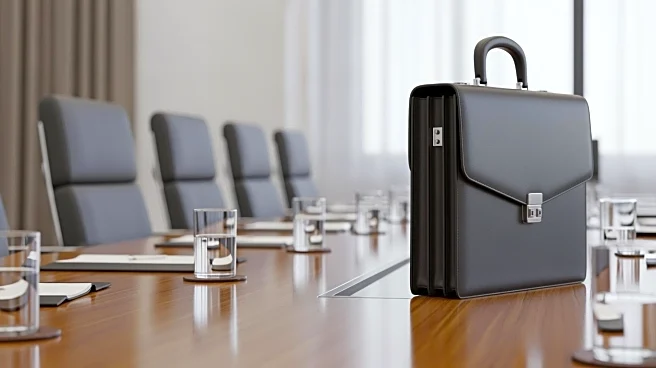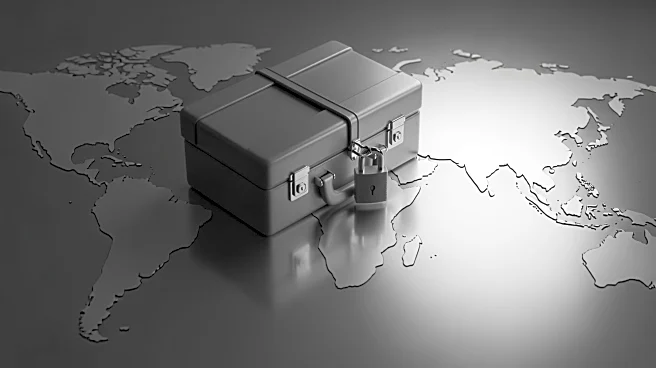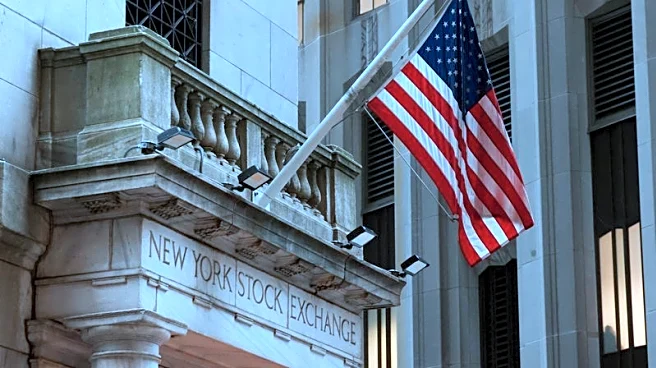What's Happening?
The Kremlin has criticized Time Magazine following President Trump's disapproval of a recent cover photo. The cover, titled 'His Triumph,' was intended to highlight Trump's Middle East peace efforts. However, President Trump expressed dissatisfaction
with the image, describing it as 'the Worst of All Time' on his Truth Social account. He criticized the depiction, particularly the portrayal of his hair and the addition of a small floating crown. In response, Russian Foreign Ministry spokeswoman Maria Zakharova echoed Trump's sentiments, labeling the editors as 'freaks' and suggesting that only those with malice would choose such a photo. The cover was released in conjunction with Trump's recent diplomatic activities, including a speech at the Knesset in Jerusalem and a summit in Egypt focused on Gaza's stabilization.
Why It's Important?
This incident underscores the ongoing tensions between media representations and political figures, particularly in the context of international diplomacy. President Trump's reaction highlights his sensitivity to media portrayals, which can influence public perception and political narratives. The Kremlin's involvement adds a layer of international intrigue, as it aligns with Trump's criticism, potentially reflecting broader geopolitical dynamics. The situation also illustrates the power of media imagery in shaping political discourse and the potential for such portrayals to become points of contention between nations and media outlets.
What's Next?
The fallout from this incident may lead to further discussions about media responsibility and the portrayal of political figures. It could prompt Time Magazine to address the criticism or defend its editorial choices. Additionally, the situation may influence how other media outlets approach coverage of President Trump and similar high-profile figures. The Kremlin's involvement suggests that this issue could have diplomatic repercussions, potentially affecting U.S.-Russia relations or influencing how Russian media covers U.S. politics.
Beyond the Headlines
This event highlights the complex relationship between media, politics, and international relations. It raises questions about the ethical responsibilities of media outlets in representing political figures and the potential impact of such representations on diplomatic relations. The incident also reflects the broader cultural and political divides that can be exacerbated by media portrayals, influencing public opinion and international perceptions.
